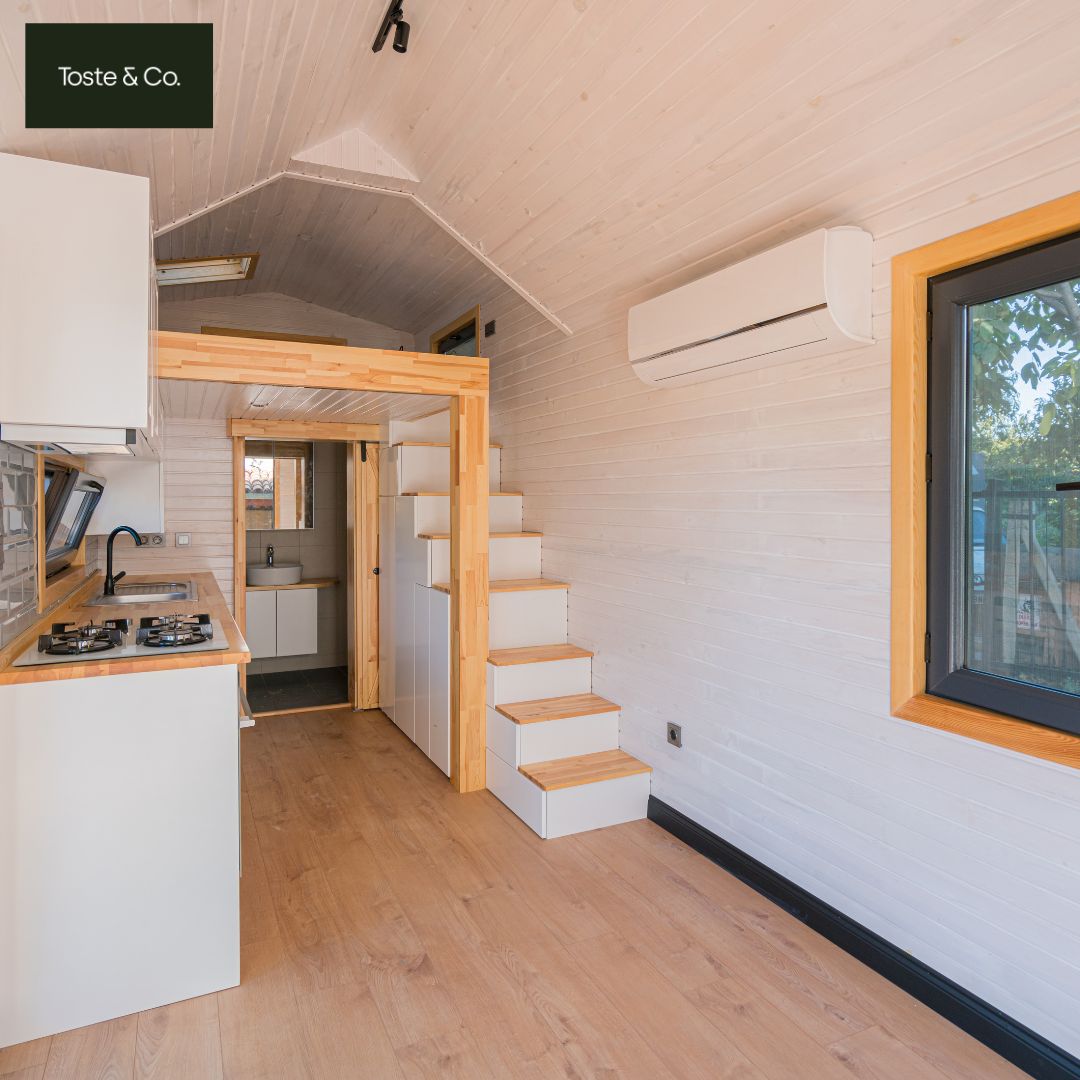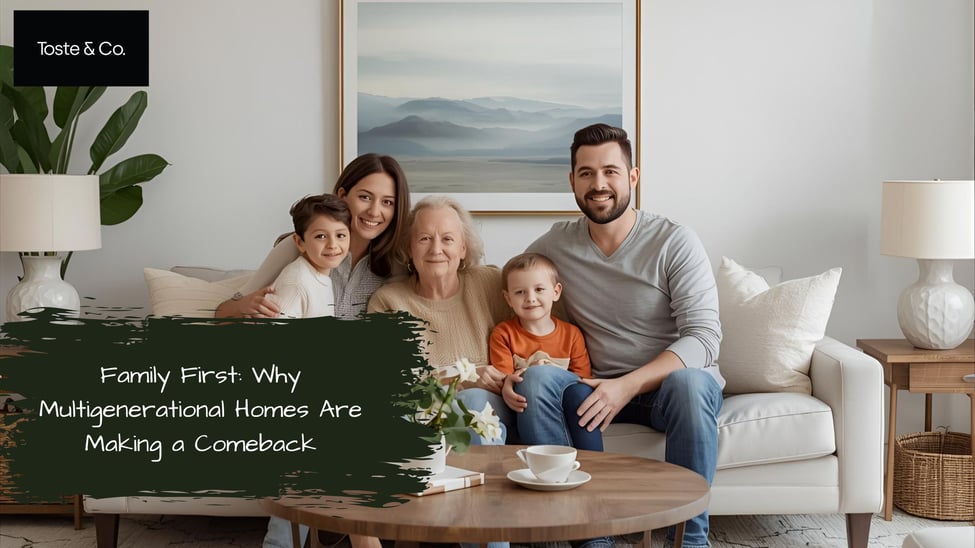The Return of the Shared Roof
In a world where housing prices soar and solitude often comes at a premium, families across Canada are rediscovering the strength of togetherness—under one roof. Multigenerational living, once seen as a relic of the past, is now a rising trend fueled by economic necessity, cultural tradition, and a renewed appreciation for intergenerational bonds.
The Numbers Tell a Story
According to Statistics Canada, the number of multigenerational households rose from 364,505 in 2001 to 441,750 in 2021—a 21.2% increase. By 2025, over 9.5 million Canadians are living in multigenerational or intergenerational setups. This isn’t just a blip—it’s a full-blown comeback.
Affordability: A Roof Shared Is a Cost Halved
With housing prices climbing and rental markets tightening, pooling resources has become a practical solution. Families are choosing to live together to:
- Share mortgage or rent payments.
- Reduce utility and grocery costs.
- Avoid expensive childcare or eldercare services.
In cities like Vancouver and Toronto, where affordability is a daily struggle, backyard homes and shared dwellings are becoming lifelines.

Tradition: Honouring Cultural Roots
For many immigrant families, multigenerational living isn’t a trend—it’s tradition. Cultures from South Asia, East Asia, Latin America, and Southern Europe have long embraced the idea of elders, parents, and children cohabiting. It’s a model that values:
- Respect for elders.
- Collective decision-making.
- Cultural continuity through shared stories, meals, and rituals
This resurgence is not just practical—it’s deeply personal.

Togetherness: The Emotional Wealth of Proximity
Beyond dollars and cents, there’s a richness in daily connection. Grandparents become built-in babysitters and bedtime storytellers. Parents gain support during life’s chaotic seasons. Children grow up with a deeper sense of identity and belonging.
As one Vancouver resident put it, living steps away from his granddaughter is “an extraordinary blessing”. These homes become ecosystems of love, learning, and legacy.

Innovative Solutions: Tiny Homes and Smart Design
To meet the demand, communities are getting creative. Tiny home villages and backyard suites offer privacy without isolation. Thoughtful architecture balances shared spaces with personal retreats. Zoning laws are slowly adapting to accommodate these evolving needs.

Challenges and Considerations
Of course, multigenerational living isn’t without its hurdles:
- Privacy concerns.
- Generational clashes.
- Legal and zoning complexities.
But with open communication and intentional design, many families are finding the rewards far outweigh the challenges.
Conclusion: A Model for Resilience
In today’s economic climate, multigenerational homes offer more than shelter—they offer stability, support, and soul. As families rethink what it means to thrive, the answer may lie not in more space, but in shared space.
The comeback isn’t just about housing—it’s about heart.

